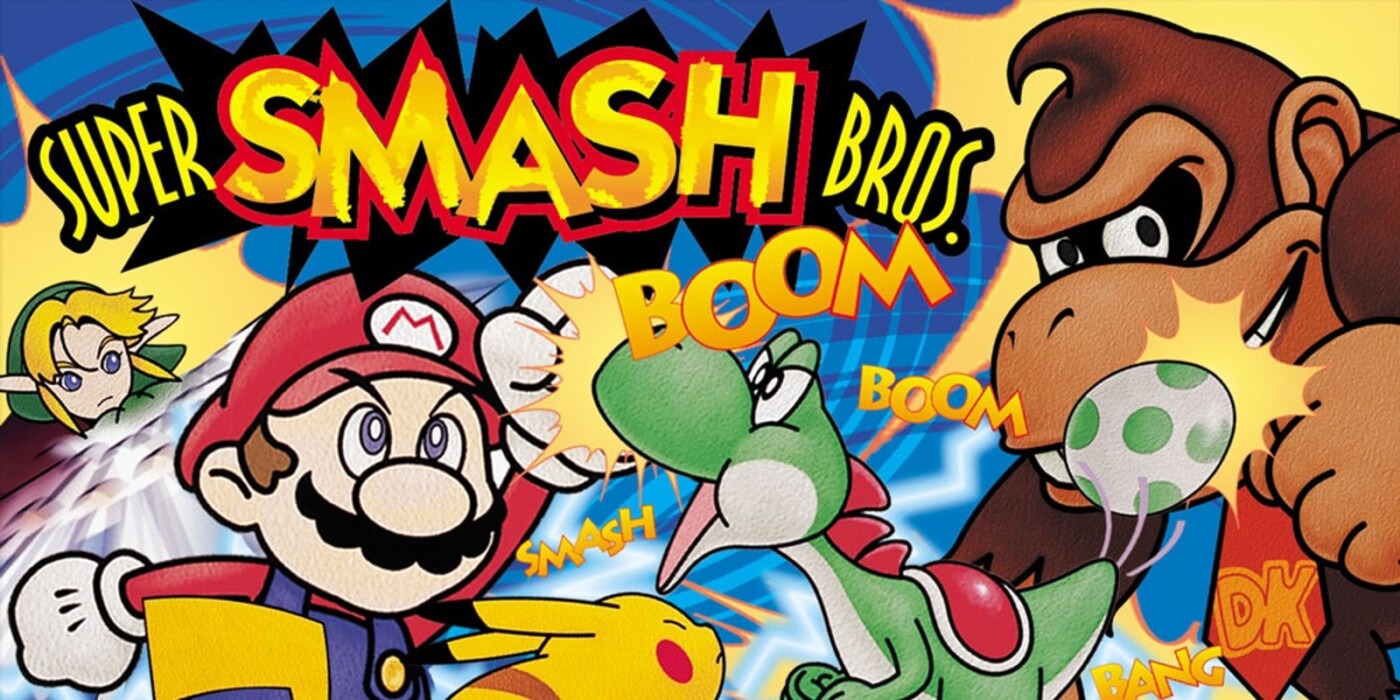Concept to Console: ‘Super Smash Bros’
If you’re a fighting game fan, it’s almost a dead-cert that you’ll have played Super Smash Bros Ultimate – the game is the best-selling fighter of all time, smashing records and thrilling players all over the world. Now the final wave of DLC has been released, Masahiro Sakurai has finally been able to take a break, and he’s using his free time to start a YouTube channel. It’s focused on game design, and it shows tips and tricks from a leading figure in the field. But, in his most recent video, Sakurai revealed something that has taken on a mythic quality – a prototype version of the original Smash. So, with this new knowledge, what better time to reflect on the creation of a game that kick-started a franchise?
After the release of Kirby Super Star on the SNES, Sakurai began work on two different concepts. One was the fighting game that would eventually become Smash, and the second was a stealth-focused RC robot adventure game, in which players hacked security cameras to progress. He worked with future Nintendo president Satoru Iwata on these two prototypes, and the former would become a game called Dragon King. It’s a solid version of the now-familiar gameplay of Smash, with jumping and smash attacks, damage percentage, stages hovering in mid-air – but it’s also very different. The characters were all basic humans, and there were no special moves, dodges or items.
Nintendo broadly liked the games, but Sakurai’s team was already busy when he proposed the prototypes. It was working on Mother 3 for the 64DD, and a snowboarding-like version of Kirby Air Ride, and so there was no time to dedicate to these new games. Sakurai had to wait for an opportunity to pitch, and after a number of games (including the two projects) fell through, they needed a finished game as quickly as possible – they turned to Sakurai, HAL Laboratories and Dragon King.
Some of the design strategies were markedly different from fighting games of the time. In his YouTube video, Sakurai says that Smash Bros wasn’t designed as a rejection of fighting games, but rather a way of making them more accessible. Fighting games were popular at the time, but they often focused on elaborate button combos rather than what might be termed a more strategic approach. He said: “I wondered if we could make a game with more room for interplay and improvisation.” The smash attacks also emerged as a means of showing off the N64’s analogue stick, and the time it took for inputs to translate into attacks.
Work continued, and the clear shift is that the human figures were soon replaced with Nintendo characters. Sakurai decided to avoid the common struggle of fighting games – too many unknown characters introduced all at once – and he realised that the familiar brands would be a way around this. The idea of using Nintendo characters was rejected by Shigeru Miyamoto, but Sakurai made a secret demo with Mario, Fox, Samus and Donkey Kong in order to convey his vision for the game. This second demo worked, and HAL Laboratories was granted permission to turn a fighting game into a Nintendo fighting game.
This was not without its difficulties, though. Nintendo of America struggled to figure out how to market the game and explain the game to its consumers. After all, they wanted the game to be kid-friendly, and for parents to buy it for their kids, and the idea of Mario and Pikachu beating each other up was a hard sell in an era of some brutal arcade fighters. In the end, they came with a full spread layout in the April 1999 issue of Nintendo Power, and a cute commercial with people in costumes play-fighting each other.
Obviously, it worked – Smash Bros was a huge success, kickstarting a major franchise that has only grown with each new entry. When Sakurai and the team at HAL developed that Dragon King prototype, they could surely not have known how it would go on to reshape a genre.

Comments